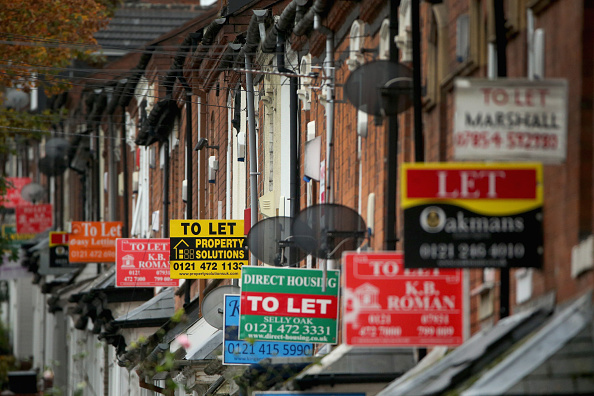If Oslo can come up with new ideas for the housing crisis, London can too

While the UK wrestles with average house prices that are now higher than the average annual salary, in Norway’s capital Oslo an ambitious state-backed model has just been created which could solve the problem of housing affordability at a stroke.
Just like in the UK, and especially within London, the divide between people who own their home and those who don’t is growing ever wider, with significant negative economic and social consequences. In Oslo not owning your own home is considered to be a significant barrier to the social and economic development of the city.
This has translated into a struggle for talent and critical workers such as nurses, firefighters, teachers and other public employees who literally keep the city alive – but are priced out.
As a former mayor of Copenhagen, I have worked closely with Jan Vapaavuori, the former mayor of Helsinki. We have presided over the respective cities’ housing strategies for almost 20 years between us, we saw these problems playing out across the Nordic region, and know it is not unique to us.
However, unlike London, the city of Oslo has taken the decision to address this critical issue on a city-wide basis through the creation of a bold and ambitious municipally driven housing company which seeks to dramatically increase the availability of discount to market housing.
The new company, Oslobolig, has been established with the objective of purchasing newly built homes from developers (with a quantity discount build in) which are then offered for resale to qualifying residents either priced out of the market, or who do not qualify for state housing.
In a prime example of public private partnership, in addition to the involvement of the Oslo municipality, Oslobolig is also backed by Norway’s biggest housing developer, the state-owned railway infrastructure company, and Norway’s biggest financial services group, as well as real estate investor and innovator Nordic Real Estate Partners.
Rather similar to shared ownership in the UK, but delivered by one company on a city-wide scale, it means would-be homeowners are able to purchase a minimum stake of 50 per cent at market value of a property, with the ability to purchase additional equity up to 100 per cent.
On the remaining equity the purchaser pays a rent to Oslobolig at an equivalent market rate which is then recycled back into the scheme.
There is also the potential for a price regulation, where people can buy into their home at cost price, without an uplift adjustment, within a defined period of time to enable them to have a greater share of equity and less rent.
The assumption is that the majority of buying will eventually increase their equity stakes to 100 per cent. Of course not everyone will be willing or able to do so, so the equity split will remain until the property is sold.
The long-term aim is to make at least 20 per cent of housing in Oslo affordable, to enable people to climb higher on the economic ladder and deliver genuine social opportunity.
At the same time, Oslo municipality is exploring the possibility of setting a requirement for large parts of the city to be developed and sold through Oslobolig, with a minimum of 1,000 new dwellings being made available to this key target group by 2023.
This is just one tool to make housing in Europe affordable. In some cities, regulations may not allow a model like ours.
If new ideas can be developed here, they can be developed elsewhere, but only by thinking laterally and working across a range of different models. London will need to face up the scale of the challenge facing critical workers and young people – or pay the price in lost talent and opportunity.